The Science of Cupcakes
I wonder sometimes if people realize the incredible wonder of everyday science. . . . . things we do every day, things we see, things we touch, things we eat. . . . you know, like cupcakes.
Cupcakes are science. Without science there would be no cupcakes. Imagine a world without cupcakes. It would be bleak. We need science so we can have cupcakes.
Cupcakes are not a single entity, you know. Cupcakes are a combination of several things, and it is the combination that creates cupcakes. It’s chemistry. Kitchen science is chemistry. It’s other kinds of sciences as well, but it’s mostly chemistry.
In a lab, we add different things together to create reactions, and to create new things which would not exist were it not for the COMBINATION of various other things.
Before you begin this experiment, you need to anticipate the receptacle that will induce the chemical reaction needed. For this experiment, you need to preheat your oven to 350 degrees. And then you need to begin mixing the single ingredients together to create a new whole.
With cupcakes, we need flour. Three cups of flour.
Put the flour in a medium-size bowl. Kitchen science – chemistry – requires specific kinds of containers; test tubes are too small, so you’ll need a couple of bowls. You’ll also need a cupcake pan and some paper liners.
In that medium bowl, sift the flour with the baking powder and salt. They’re chemicals, too.
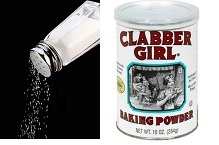
Salt is, chemically, a combination of sodium and chloride. Baking powder is a combination of saleratus and cream of tartar.
Ma Ingalls, in The Long Winter, was glad to finally, after months of near starvation, get some supplies that enabled her to cook good meals once again. “Now that I have cream of tartar and plenty of saleratus, I shall make a cake.” Which is what we’re doing right now, only we’re putting the batter in cupcake pans, and we don’t have to make our own baking powder, which is what Ma was doing with the saleratus and cream of tartar.
In a separate, larger bowl, cream the butter. Gradually add the sugar, creaming until light and fluffy. (Creaming, in kitchen science, means softening and blending things with the curved side of a large spoon. You can also do this with a mixer, but that’s not as much fun.) Add the eggs to this bowl. Blend thoroughly.
Add the milk and vanilla to the mixture in the large bowl. We use vanilla extract in baking, but let’s not forget where that vanilla extract comes from.
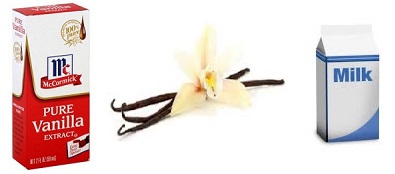
See that orchid? That’s where vanilla comes from. It smells wonderful, doesn’t it; almost like a. . . . flower.
Blend the vanilla and milk with the mixture in the large bowl; be sure you mix the ingredients thoroughly. Proper mixing is important in chemistry.
Now start adding the dry ingredients to the mixture in the big bowl. Add them a little at a time, blending well between additions. When all the dry ingredients are added, start beating the batter with a large spoon or a mixer. For good cake/cupcakes, the chemistry of the ingredients must be blended thoroughly and smoothly.
Pour the batter into your cupcake pans, put the pans into the oven, and bake for 15-20 minutes. The heat will create a reaction that will turn all those ingredients you mixed together into. . . . cake. After 15 minutes, check for doneness; there are several ways to check. When the cupcakes look done and spring back when you tap them with your finger, or when an inserted toothpick comes out clean, the cupcakes are done. Remove them from the oven and let them cool.
Put some icing on them if you like icing. Icing is kitchen science, too, but for now, we’ll let you wonder about that one as you devour your cupcakes.
I don’t think I’ve ever heard anybody talk about leftover cupcakes.



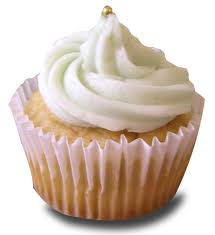
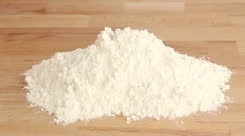

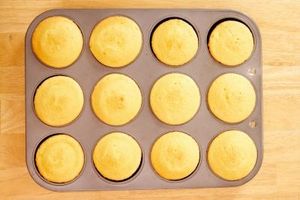

Trackbacks & Pingbacks
[…] Jane Goodwin, The Science of Cupcakes […]
Leave a Reply
Want to join the discussion?Feel free to contribute!